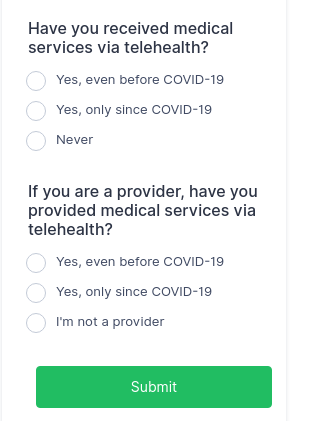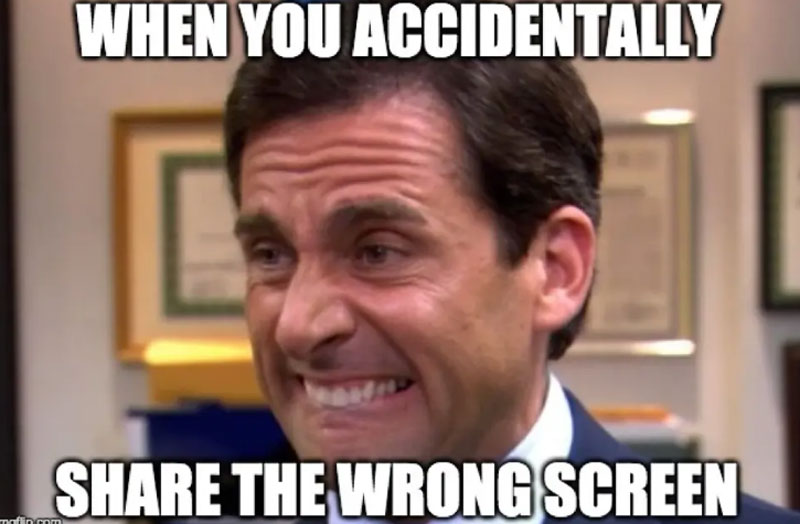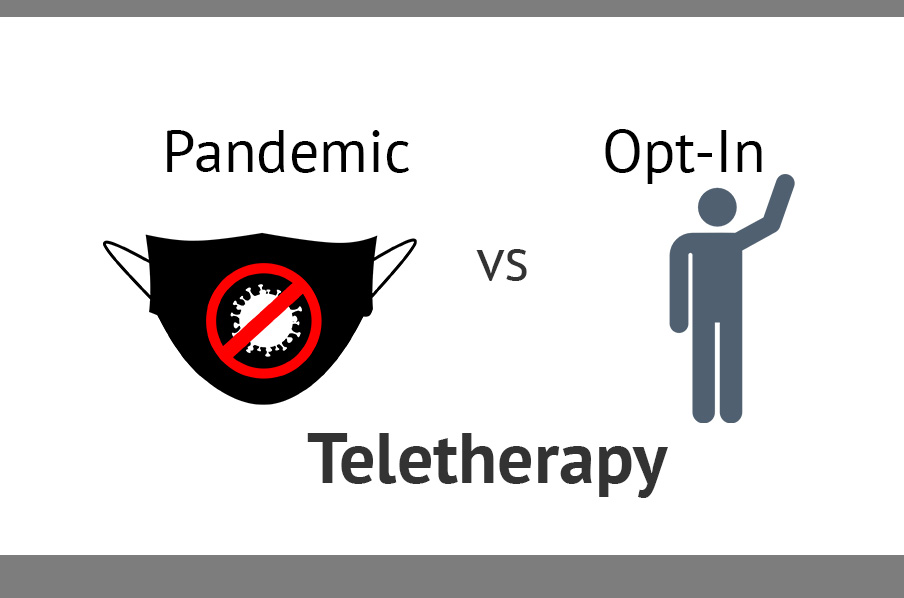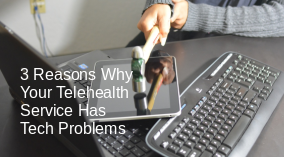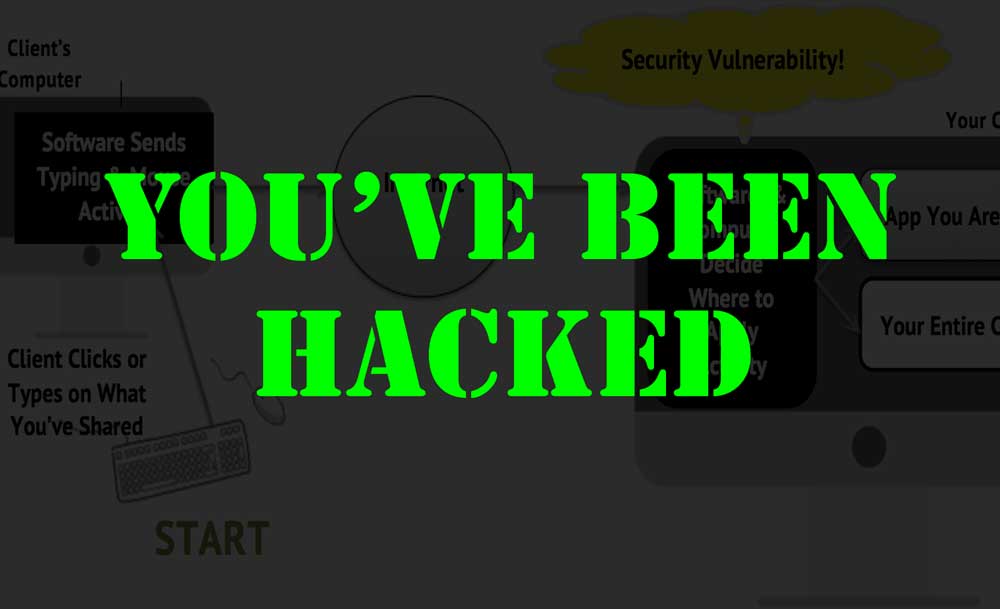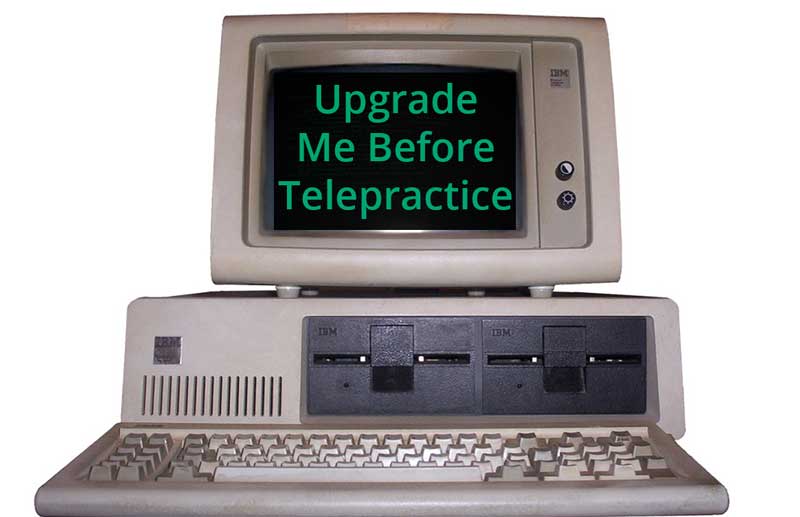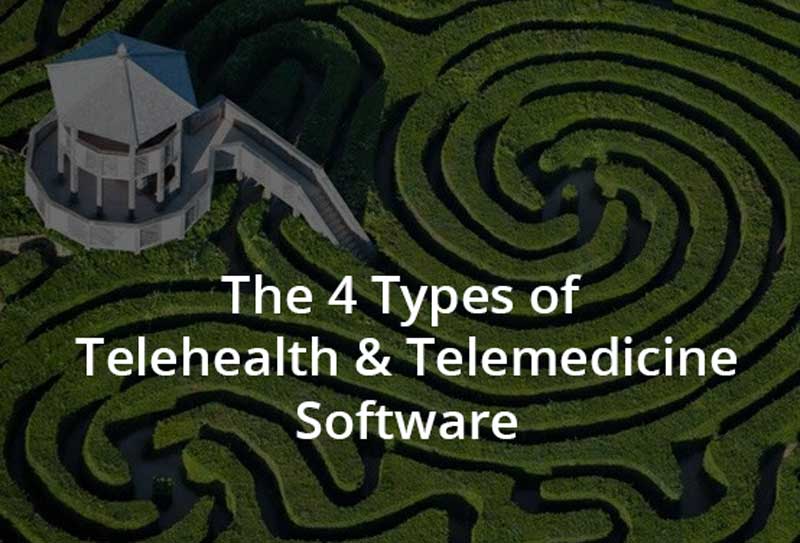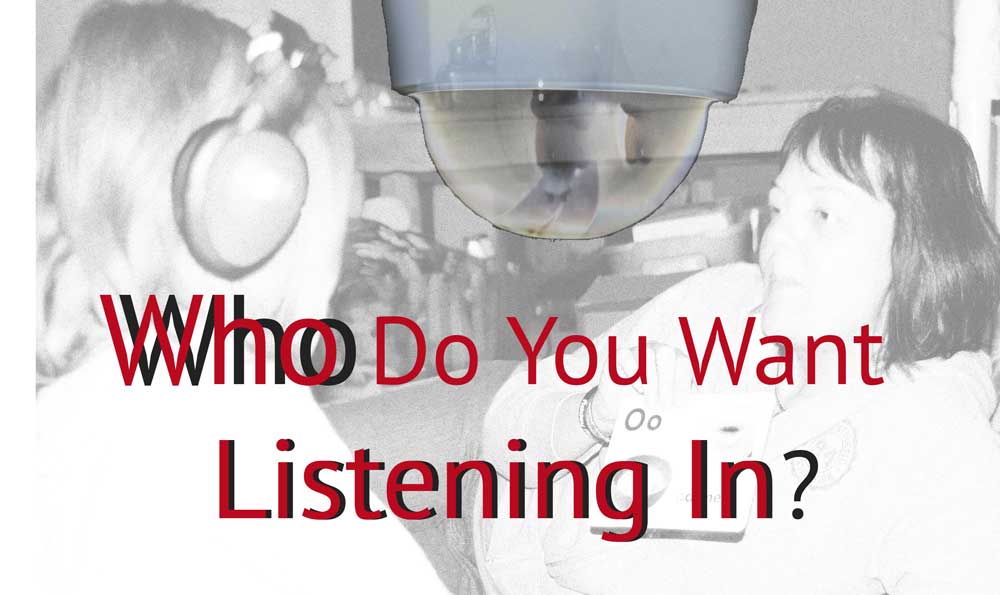After Years of Using Zoom for Teletherapy |
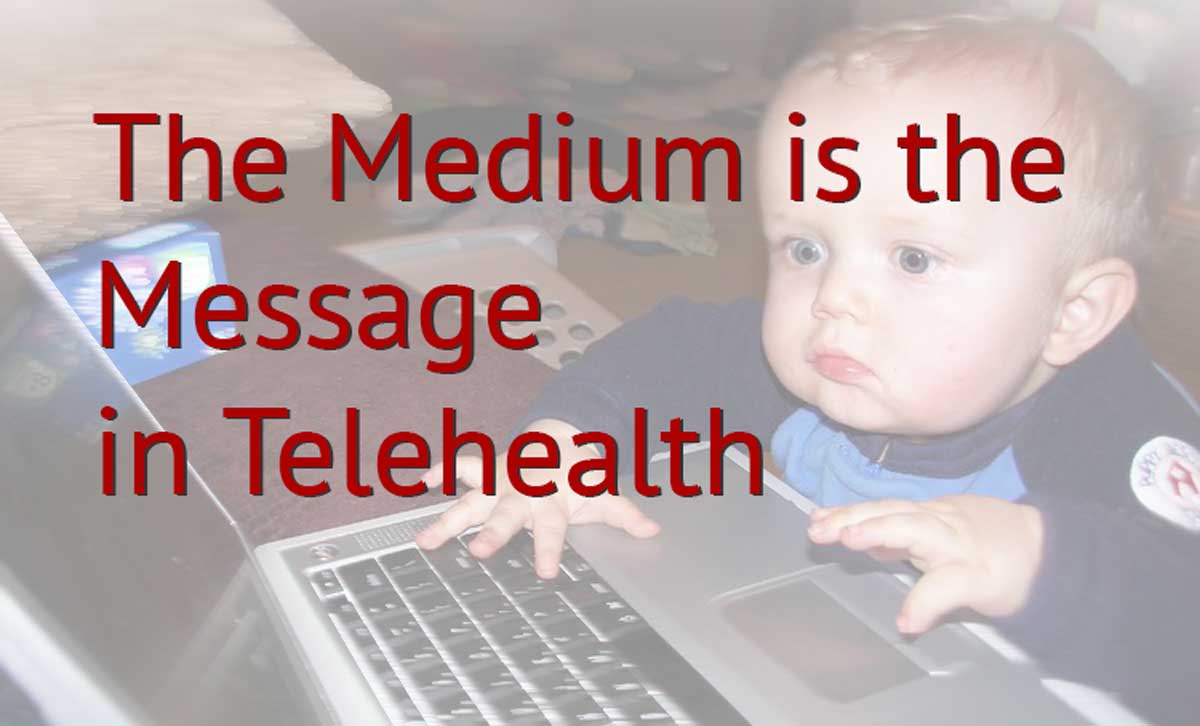
Marshall McLuhan coined the phrase, "The medium is the message" in 1964. McLuhan's aim was to show how our messages are shaped by the medium we use to communicate them. Have you ever watched a movie you previously read as a book? Even if the story is unaltered, different mediums evoke different reactions. When we read a book we must paint a picture in our mind that a movie makes up for us. We usually read books in solitude under a comfy blanket, but we traditionally watch movies in theaters with strangers. The medium changes the story because we we approach mediums with different expectations and assumptions.
In healthcare, it might be helpful to think of, "medium" as "setting". First off, I do not aim, nor am qualified, to show how one healthcare medium (setting) is better than another. My goal is to simply help you think through issues you might face treating across various ones, especially telehealth. Below, I'll go through questions to help you think through how the medium through which treatment is delivered affects the treatment itself.
How Do Clients Approach the Medium?
Think about where you have treated patients in person. A hospital, clinic, office, in-home, or another place? How did your patient approach where you met them? Patients approach the same providers differently based on where they see them. In a hospital, providers often come to their room, usually unannounced. Meeting at an office requires patient planning to get dressed and leave their home at an exact time to attend an appointment during business hours.
The act of getting dressed and leaving the house for an appointment instills a formality and importance in the patient's psyche. With telehealth, your client might not feel the same level of formality or importance. Some of the feeling could be dependent on how they approach a computer, tablet, or phone. An adult who uses video conferencing in their job will approach telehealth differently than a kid that uses a computer for games and phone for FaceTime.
Don't be quick to assume all patients will approach a clinic versus Online visit the same. Think about the differences between treating a kid that love coming to an out-patient clinic, versus those who arrive kicking and screaming. How the patient approaches the medium (clinic verse Online) will often have a greater impact on treatment than the medium itself. Practically, this might mean that you should ask the patient or their parent what they typically use their computer or tablet for. You need to get a sense of what their orientation to the device will be.
My five-year-old can operate a phone or iPad better than many adults, but she only uses them for games! Even my mother, who spent years using a computer for work, uses her iPad for leisure reading and games. You might assume my five-year-old should use an iPad for Online therapy, but maybe its not the best tool. She might approach a desk and computer with more formality than the iPad she lays (upside-down) on the couch using. If you were treating my daughter, it would be much more important for you to determine the best device and setup to do Online therapy, over simply asking if we have a compatible device and broadband.
How Do You Approach the Medium?
Most healthcare providers and teachers don't spend all day sitting at a computer. That's certainly not a bad thing but it is usually an adjustment when you switch to telehealth. If you're a therapist, you typically treat away from your computer and use it latter to write notes and emails. With telehealth, your computer is now your life.
You must understand the best way to approach treating over an Online video chat. As a former colleague of mine eloquently said, “When we move from communicating in person to communicating through technological means, we are, in effect, rewrapping our words in a new set of packaging. Instead of wrapping our words in elements of identity, we wrap them with the identity values, and meaning in hereunto in the particular technology we choose.”1..
Figure out how you come across on a video chat. What aspects affect your ability to communicate through video? Your tele-patients will only see what your webcam captures and mic picks up. With telehealth, a good computer, webcam, and correct lighting scheme is vital. In telehealth, your words will be "rewrapped" through your camera, mic, and the tools of your telehealth platform and replicated on your client's device. The better you are at envisioning how your communication and planned activities come across on your client's device, the better chance you will have to achieve treatment goals.
Improvement, Not the Medium, is The Goal
Though we must understand each person's orientation to devices they are using for telehealth, we also must be careful not to become fixated on deficiencies of the medium (setting) of telehelath. This can keep us from the end goal of helping clients.
I'm a people person. I prefer meeting colleagues in person, but I also have to stay focused on the goal of my work. My colleagues live in three different states. Without video conferencing, much of our work together would not be possible. I must understand how my colleagues and I approach our computers for video meetings, but also be thankful that, while not identical to in-person, they enable us to achieve a level of communication not possible over the phone.
As you consider how you and your clients approach the devices you are using to connect, stay positive about the possibilities. Certainly telehealth isn't a good fit for every patient or occasion, but it will enable you to help clients who do not have access to in-person treatment. For some patients, telehealth could even be a better option than in-person.
Notes
1. Dyer, John. From the Garden to the City (Kindle Location 485). Kregel Publications. Kindle Edition, 2011.
Telehealth Quick Poll
